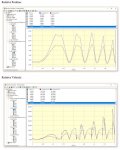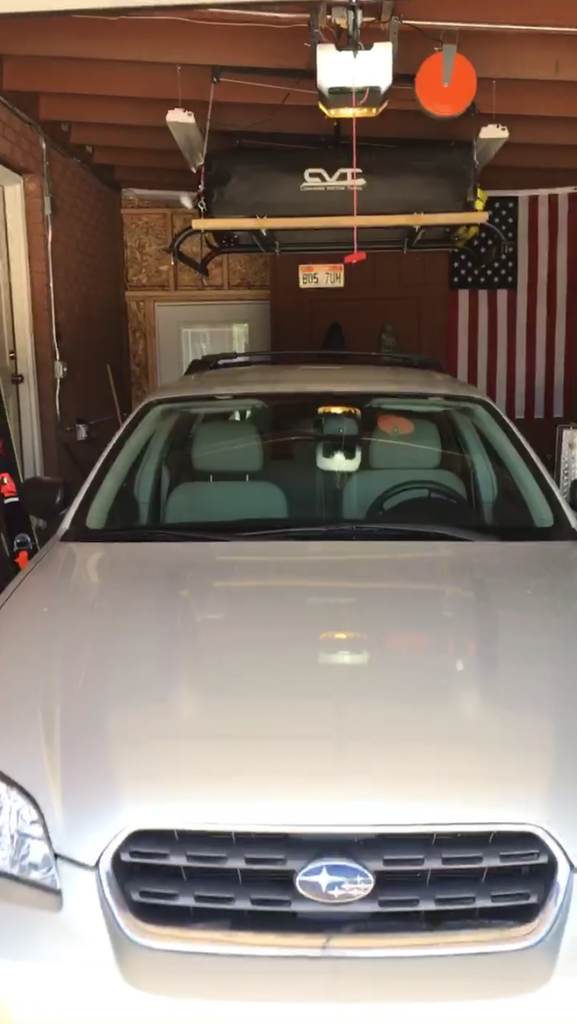seanpistol
Explorer
Nice bed slide. Always like those but don't like how much space it takes height wise
The deck is only about 4 or 5" above the height of the bed. Not too bad.
Next week, we will be out there from Tuesday-Saturday
I'll send you a PM.
Does that bed slide tip down or just slide out? If it tipped that could be pretty slick with the sled.
I agree with you, that would be pretty cool. It just slides out, though.



